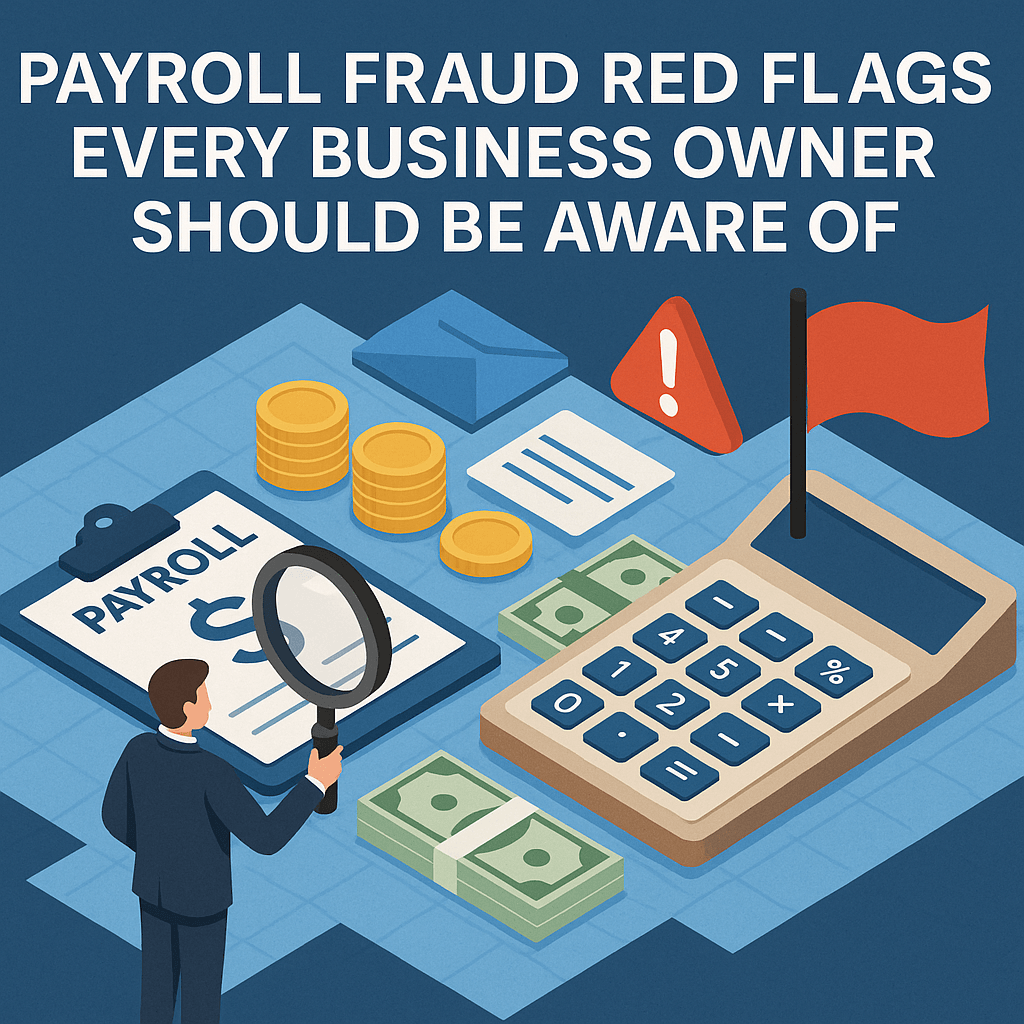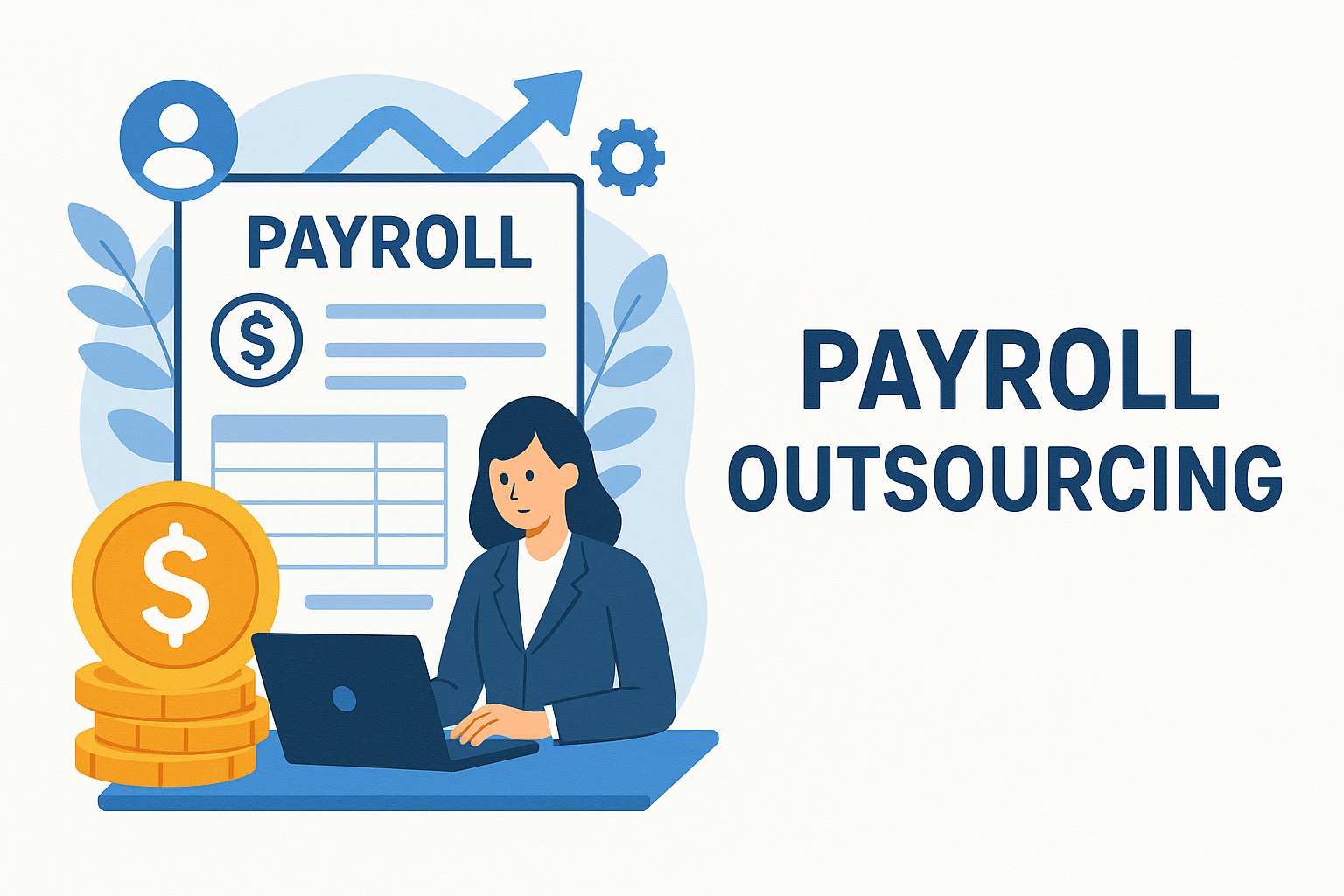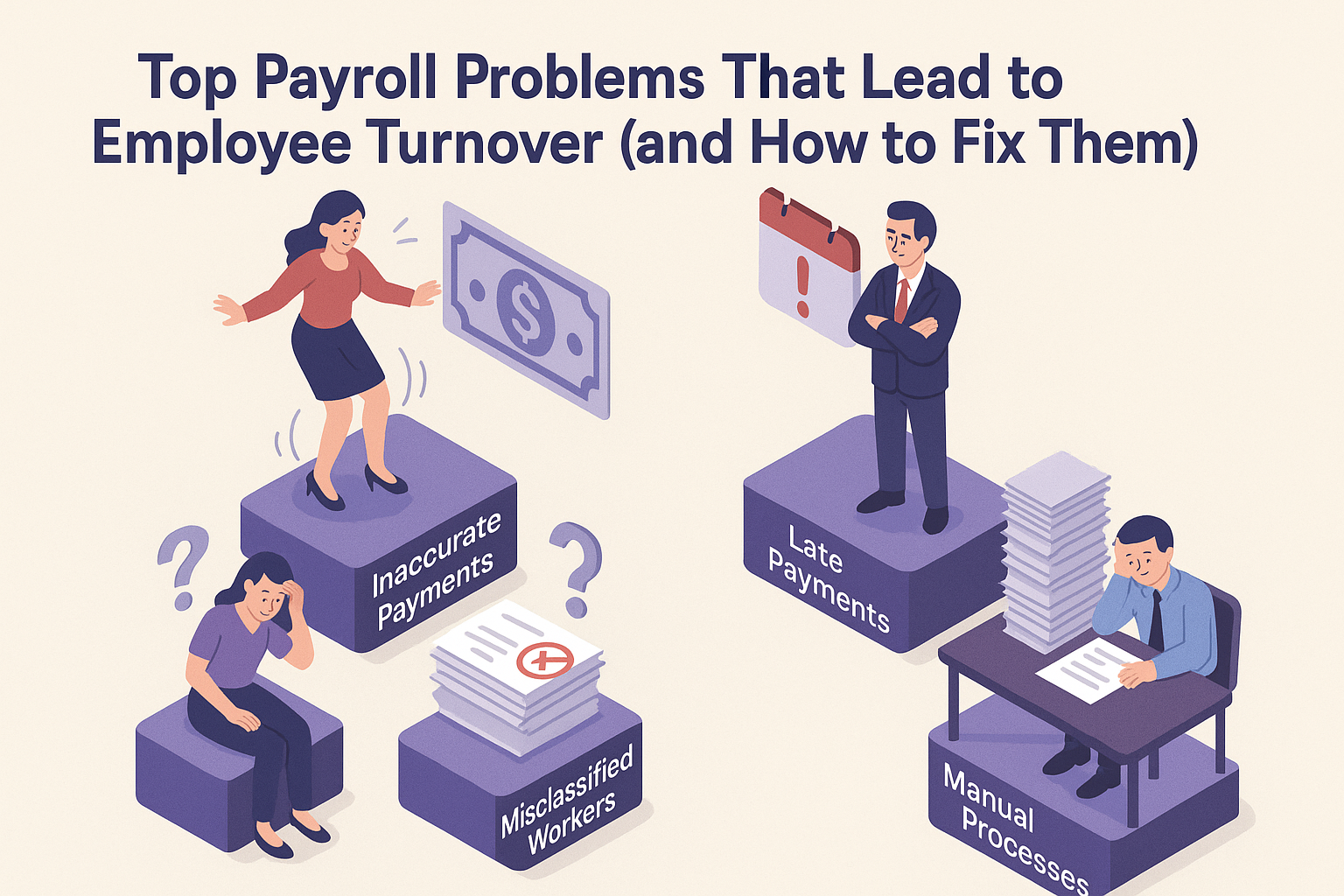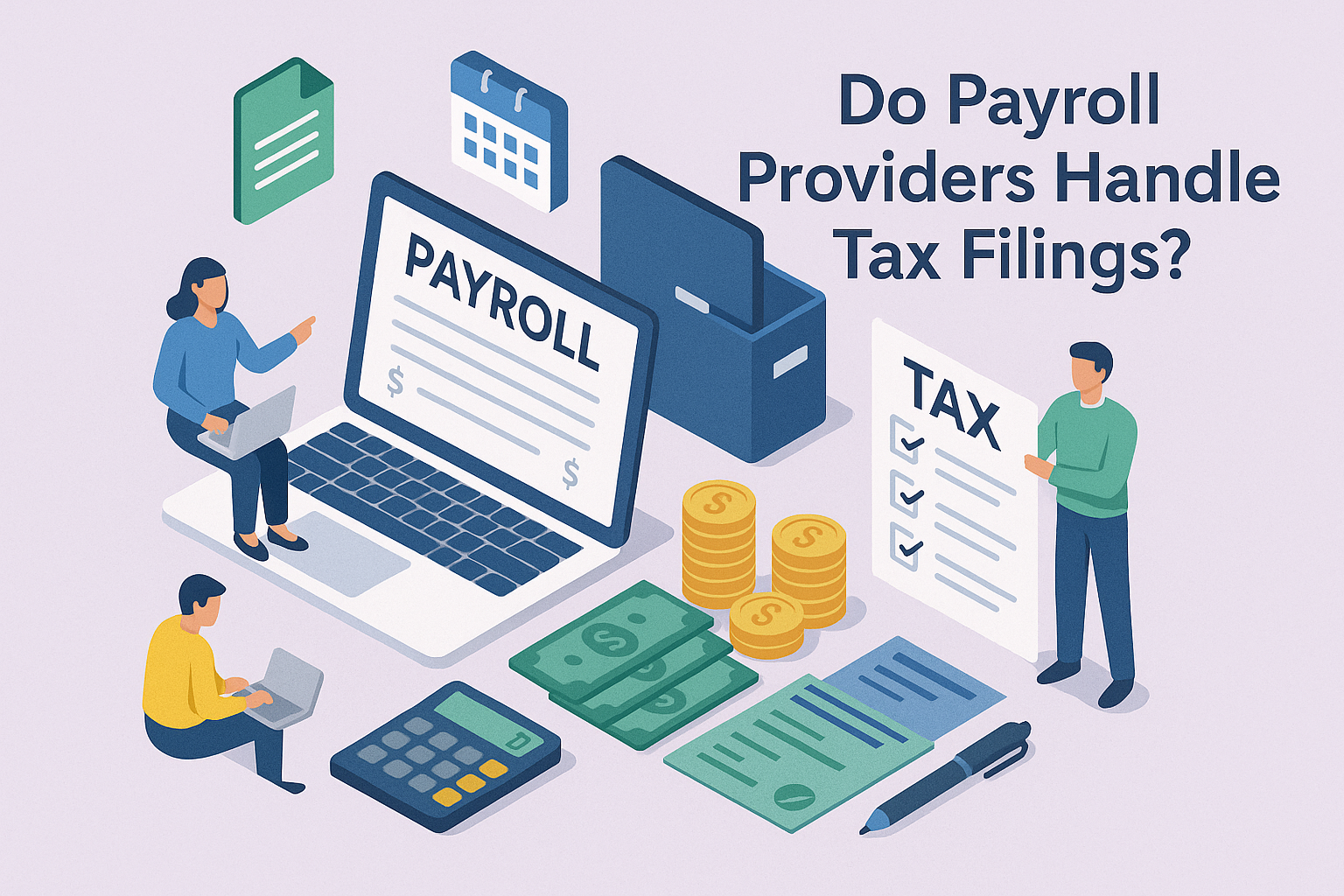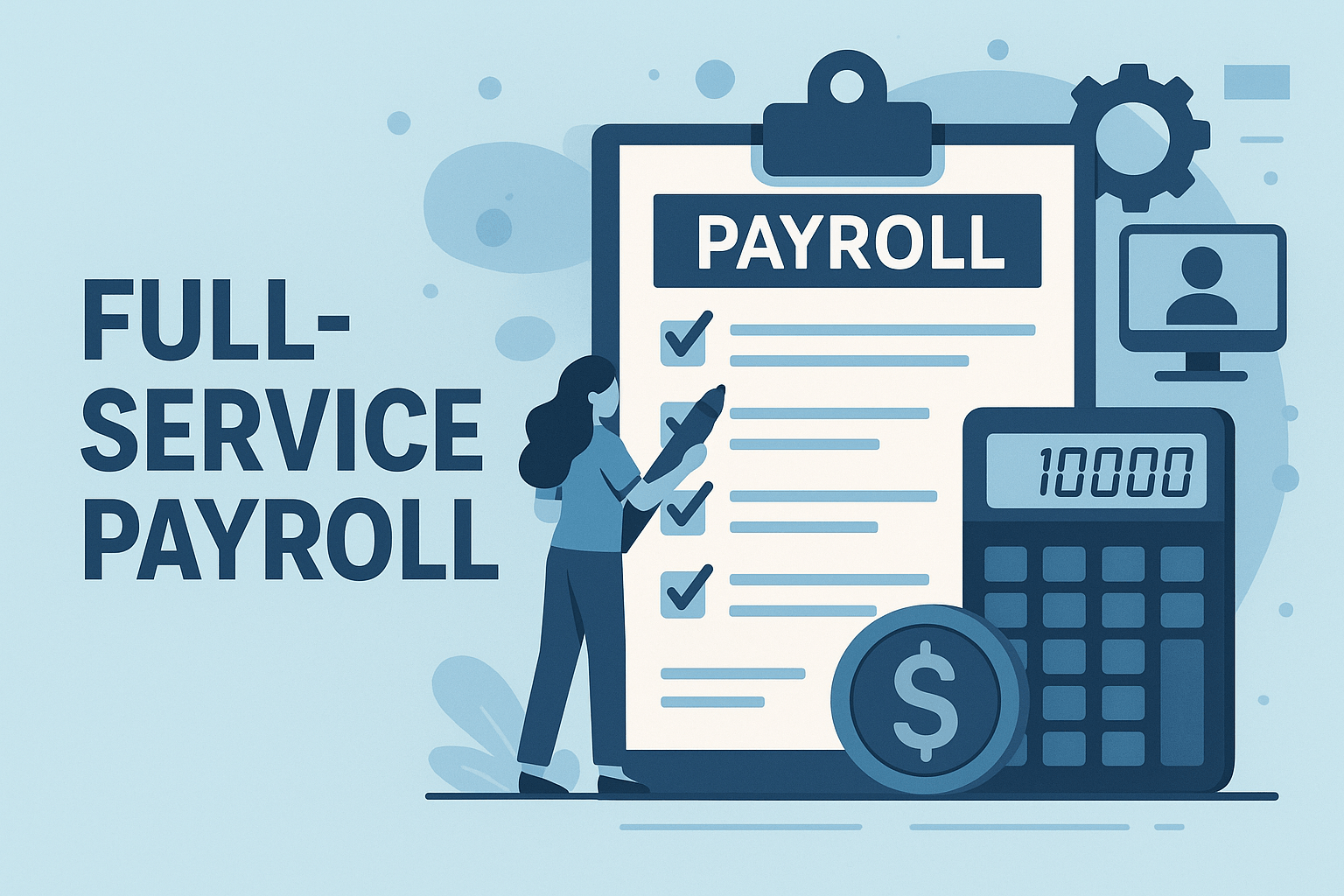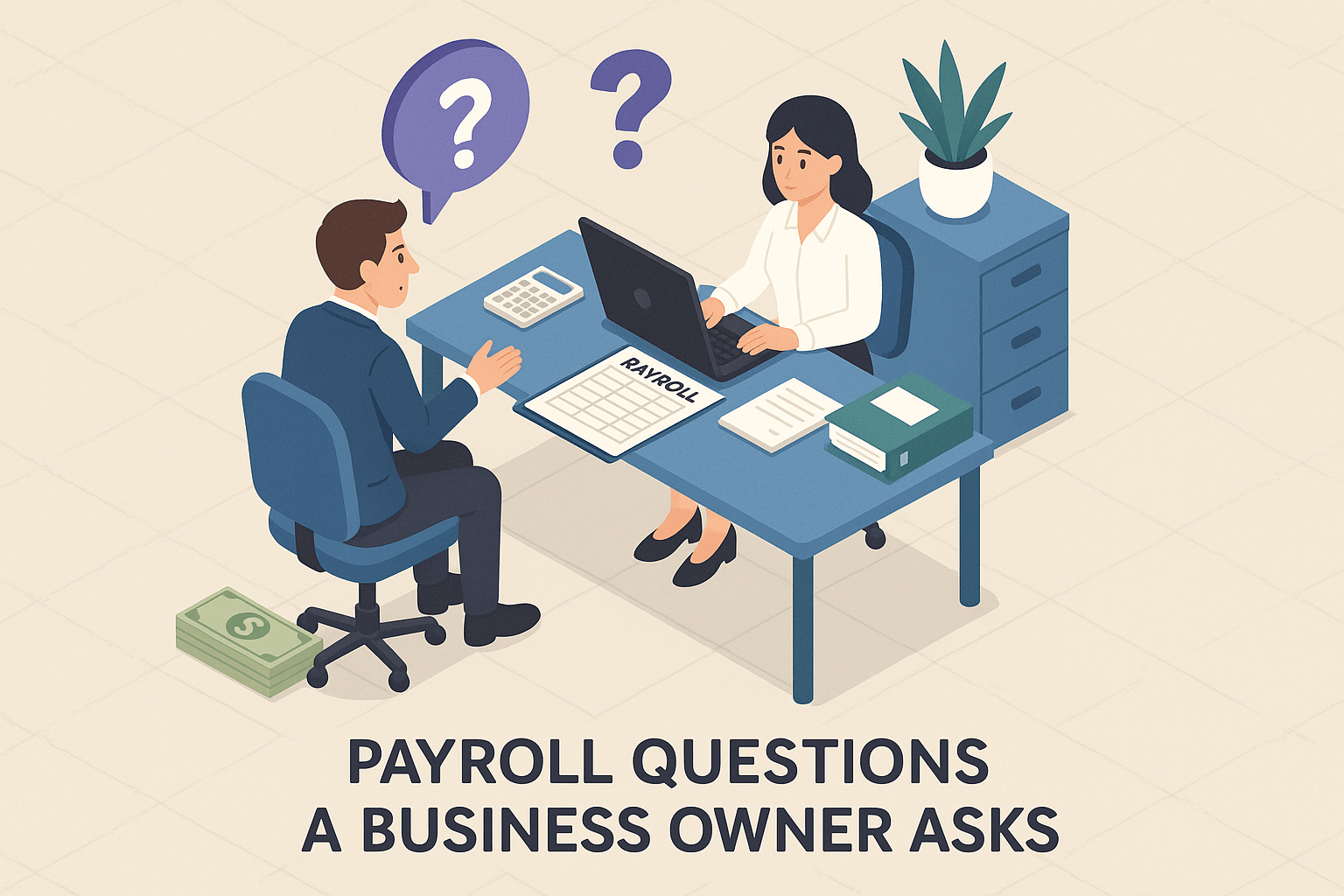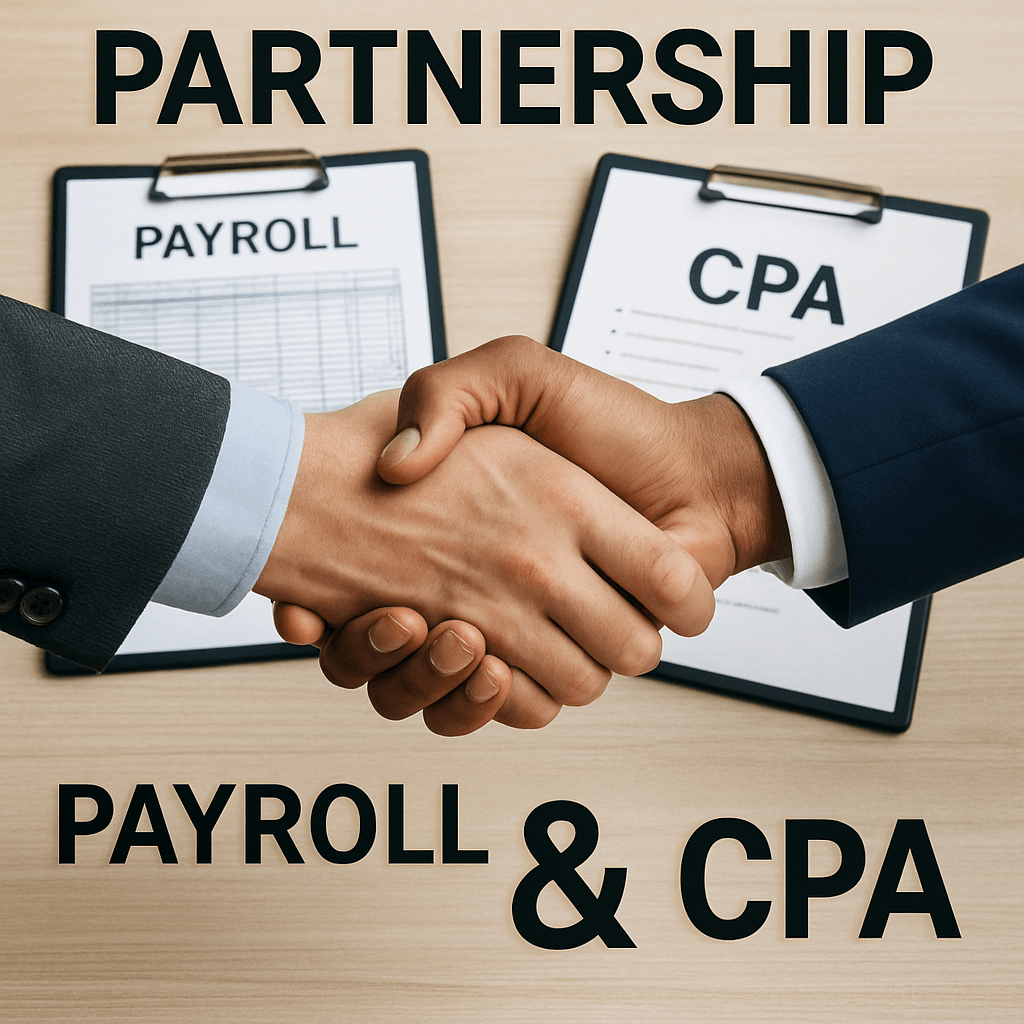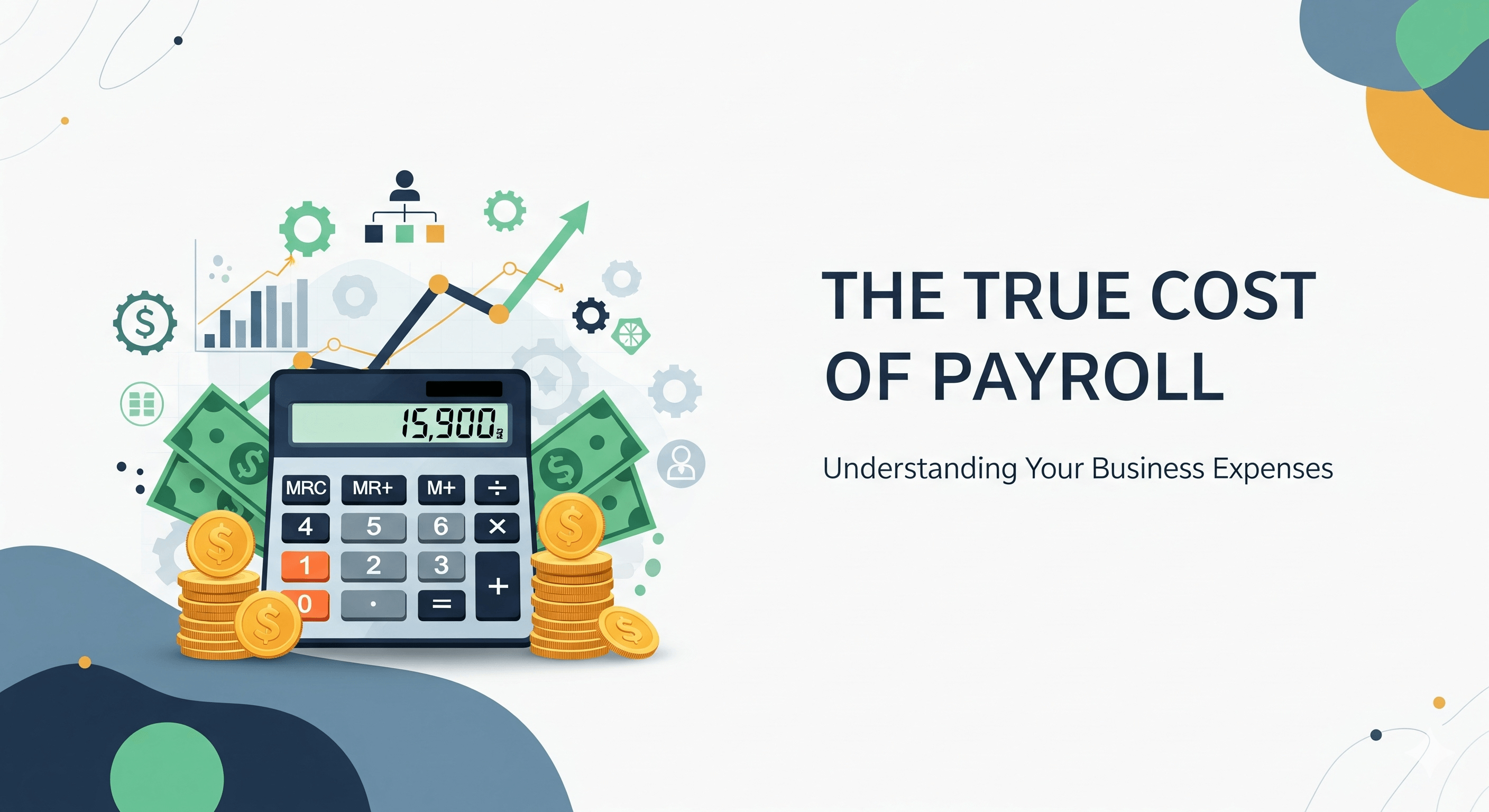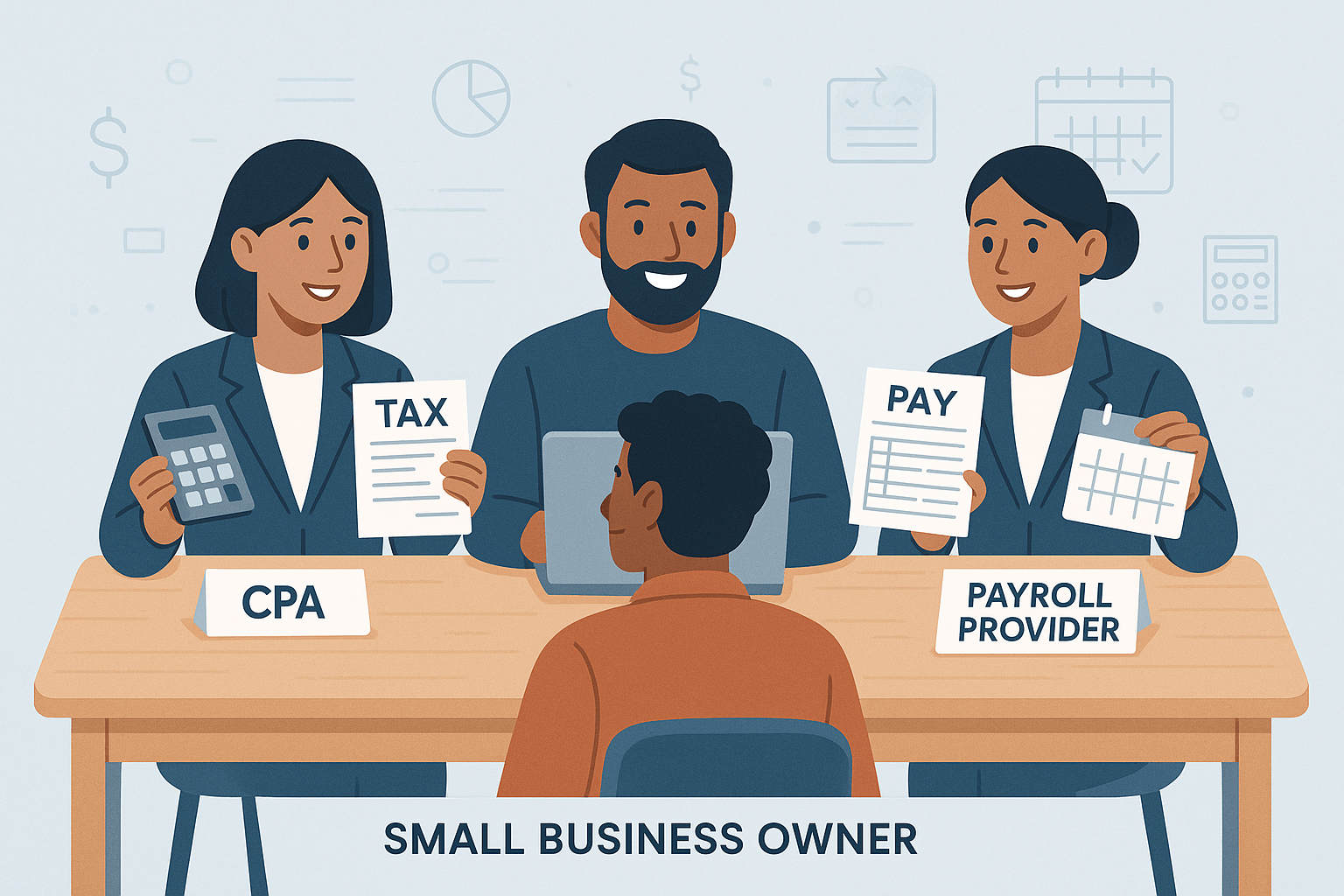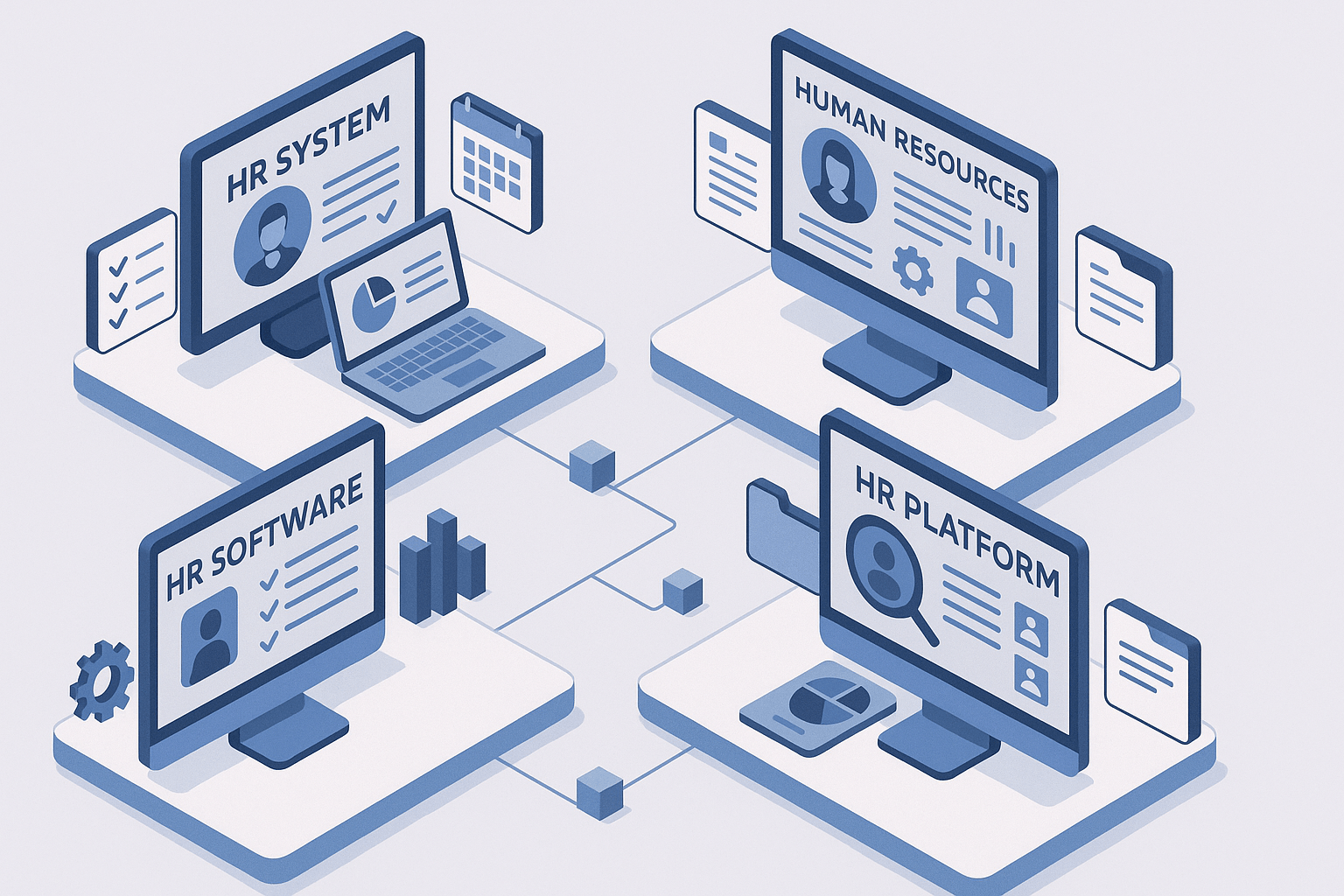Payroll Compliance: What Every Business Owner Needs to Know
December 27th, 2024
3 min read
.jpg?width=1519&height=1519&name=checklist%20image(1).jpg)
Payroll. It’s more than just paying your employees. For many businesses, it’s a maze of laws, regulations, and deadlines that can feel overwhelming. If you’ve ever faced a late tax penalty or felt unsure about correctly classifying an employee, you’re not alone. The stakes are high, and the margin for error is small.
At Lift HCM, we understand the challenges businesses face when trying to stay compliant. With years of experience helping organizations navigate payroll complexities, we’ve seen firsthand how costly mistakes can be—and how easily they can be avoided with the right guidance and tools.
In this article, we’ll break down everything you need to know about payroll compliance: the essential regulations, common pitfalls, and actionable strategies to keep your business on track. By the end, you’ll have the confidence and knowledge to streamline your payroll processes and avoid costly errors.
Table of Contents
- What is Payroll Compliance?
- Key Payroll Laws You Need to Know
- The Costs of Payroll Non-Compliance
- Best Practices to Ensure Payroll Compliance
- Your Next Steps for Payroll Compliance Success
What is Payroll Compliance?
Payroll compliance refers to the adherence to federal, state, and local laws governing employee compensation. It’s about ensuring employees are paid accurately and that taxes, benefits, and deductions are properly handled.
Here are the core components of payroll compliance:
- Accurate Wage Calculation: Ensuring employees receive correct pay, including regular wages and overtime.
- Tax Withholding and Remittance: Deducting the correct amount for federal, state, and local taxes and remitting them on time.
- Handling Benefits and Deductions: Managing healthcare, retirement contributions, and other benefits properly.
- Meticulous Record-Keeping: Maintaining accurate payroll records for regulatory purposes.
.png?width=657&height=504&name=payroll%20compliance%20components_2(1).png)
Key Payroll Laws You Need to Know
Several U.S. laws form the foundation of payroll compliance. Here’s a quick overview:
- FICA (Federal Insurance Contributions Act): Mandates contributions to Social Security and Medicare.
- FUTA (Federal Unemployment Tax Act): Requires employers to contribute to federal unemployment insurance.
- FLSA (Fair Labor Standards Act): Governs minimum wage, overtime pay, and child labor standards.
- Equal Pay Act: Ensures men and women performing substantially equal work receive equal pay.
For businesses with international employees, global payroll compliance adds another layer of complexity. Understanding and adhering to local labor laws is crucial for avoiding penalties abroad.
The Costs of Payroll Non-Compliance
The consequences of payroll non-compliance extend beyond financial losses:
- Financial Penalties: Regulatory fines can cripple businesses, especially small ones.
- Legal Risks: Willful violations may lead to lawsuits or criminal charges.
- Reputational Damage: Non-compliance can erode employee trust and tarnish your brand’s reputation.
Investing in compliance isn’t just about avoiding fines—it’s about protecting your business and its people.
Best Practices to Ensure Payroll Compliance
Achieving payroll compliance isn’t as daunting as it seems when you follow these best practices:
1. Leverage Payroll Software
Modern payroll systems can automate calculations, tax filings, and reporting, minimizing the risk of errors. Payroll software does more than just automate pay calculations—it acts as a compliance guardian, keeping your business aligned with tax laws and labor regulations. These systems are equipped with features that reduce manual intervention and flag discrepancies before they escalate into costly issues.
2. Establish a Compliance Calendar
Use a calendar to monitor deadlines for tax filings, payments, and compliance-related tasks. This calendar should be comprehensive, including not just federal deadlines, but also state and local requirements.
By creating a centralized tracking system, you can avoid costly penalties and interest charges associated with missed deadlines. Consider using digital calendar tools that offer reminders and notifications to further ensure timely completion of crucial tasks.
3. Stay Informed
Regularly review updates from regulatory agencies and subscribe to industry newsletters such as the Wage and Hour Newsletter from the U.S. Department of Labor.
📌 Lift HCM Tip: The IRS offers several e-News subscriptions on a variety of tax topics.
Staying informed about these changes is crucial for maintaining compliance. Subscribing to relevant newsletters and monitoring agency websites will help you proactively adapt your practices and avoid potential violations. This proactive approach will save you time and resources in the long run.
4. Verify Employee Classifications
Audit employee classifications to ensure compliance with IRS and Department of Labor guidelines. Properly classifying employees as either independent contractors or employees is essential for tax withholding, benefits eligibility, and other legal obligations.
Misclassifying employees can lead to significant penalties and back taxes. Regularly reviewing these classifications, considering factors like control, independence, and the nature of the work performed, will help mitigate this risk.
5. Consult with Experts
Partner with HR, accounting, or payroll service providers like Lift HCM to navigate complex compliance issues. Our team of experts provide tailored solutions to fit your business needs. Compliance can be complex and time-consuming, especially for small and medium-sized businesses.
Your Next Steps for Payroll Compliance Success
Payroll compliance is about more than ticking boxes. It’s about creating a reliable framework for accurate employee compensation and regulatory adherence. You’ve taken a step forward by learning about the key elements of compliance—now it’s time to implement best practices.
At Lift HCM, we specialize in helping businesses streamline payroll processes and ensure compliance. Whether you’re tackling payroll in-house or exploring automated solutions, we’re here to guide you every step of the way.
Stay informed. Stay compliant. Stay ahead of the curve.
Caitlin Kapolas is a results-driven professional with a strong background in account management and retail. She is dedicated to improving client experiences and building lasting relationships. Caitlin excels in identifying client needs, resolving issues, and implementing customized solutions that drive value. Her effective communication skills ensure high client satisfaction and loyalty, making her a trusted advisor and partner in meeting client needs with precision and professionalism.
Topics:







